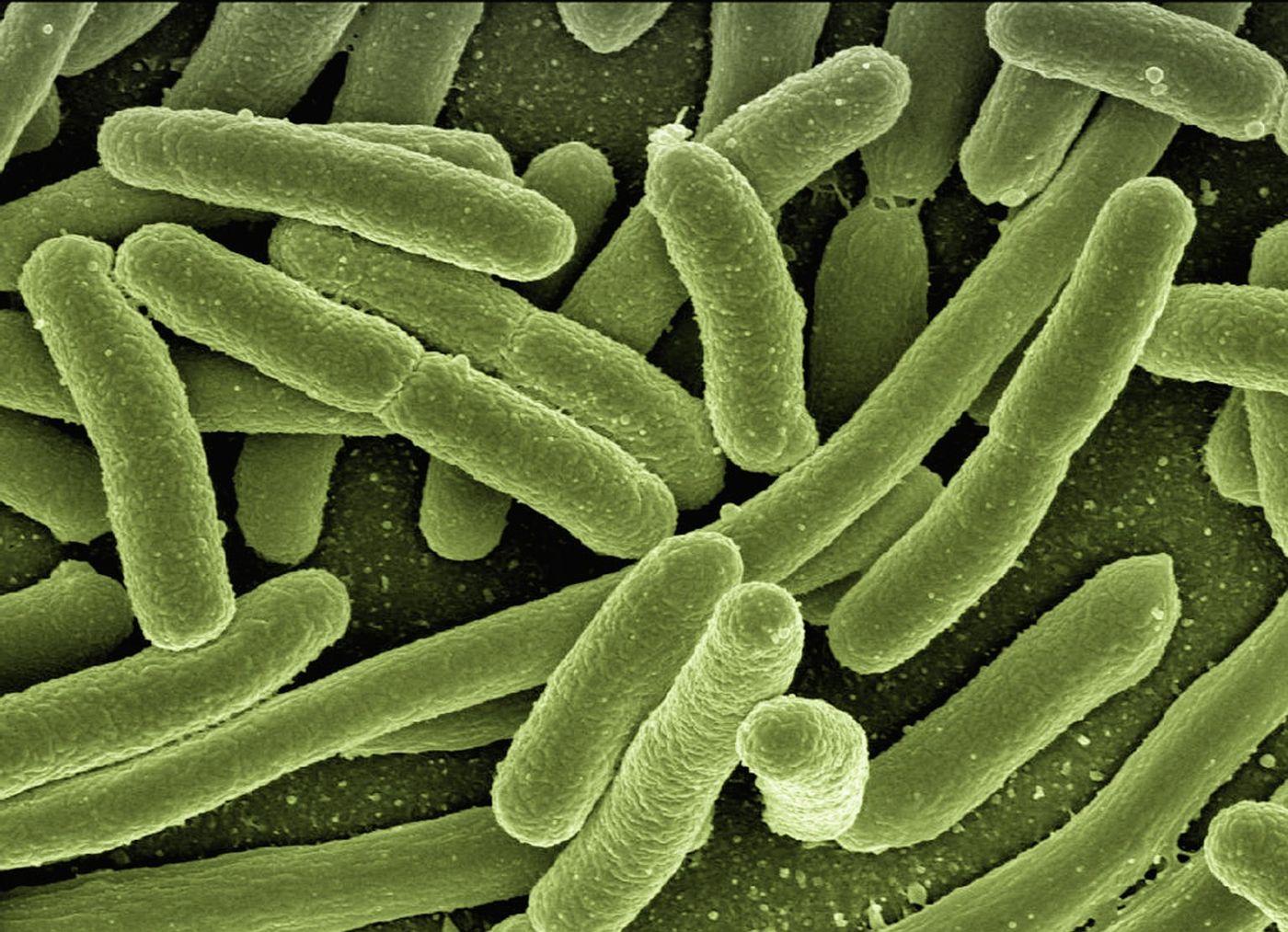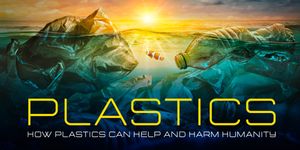Pathogens can hitchhike on plastic to reach the sea
While plastic has become part of our everyday lives, its environmental impact is becoming more and more apparent, specifically pertaining to microplastics, which small plastic pieces less than five millimeters long and can be harmful to our ocean and aquatic life. One main source of microplastics getting into our ocean is our clothing. These include miniscule fibers of acrylic, nylon, spandex, and polyester that are shed every time we wash our clothes. These fibers then get carried off to wastewater treatment plants or discharged into the open environment.
A recent study published in Scientific Reports is the first to cast light on how land-based pathogens can literally hitch a ride on microplastics on land and be carried out to sea, which can ultimately cause harm for humans and animals alike. The two studied pathogens are known as Toxoplasma gondii, Cryptosporidium (Crypto) and Giardia, both of which can infect humans and animals. They are both found throughout the ocean and are recognized by the World Health Organization as underestimated causes of illness from shellfish consumption.
"It's easy for people to dismiss plastic problems as something that doesn't matter for them, like, 'I'm not a turtle in the ocean; I won't choke on this thing,'" said corresponding author Karen Shapiro, an infectious disease expert and associate professor in the UC Davis School of Veterinary Medicine. "But once you start talking about disease and health, there's more power to implement change. Microplastics can actually move germs around, and these germs end up in our water and our food."
What’s even more concerning is that T. gondii is a parasite only found in cat poop and has infected many ocean species with the disease toxoplasmosis. Researchers at UC Davis have a long research history connecting this parasite to sea otter deaths, along with killing critically endangered wildlife, to include Hector’s dolphins and Hawaiian monk seals.
The researchers also studied microfibers and microbeads to demonstrate which is more likely to carry pathogens out to see. They concluded that more parasites adhered to microfibers than microbeads, possibly due to the former’s wispy particles which have been found to be common in California’s waters and have also been found in shellfish.
Co-author Chelsea Rochman, a plastic-pollution expert and assistant professor of ecology at the University of Toronto, said there are several ways humans can help reduce the impacts of microplastics in the ocean. She notes that microfibers are commonly shed in washing machines and can reach waterways via wastewater systems.
"This work demonstrates the importance of preventing sources of microplastics to our oceans," said Rochman. "Mitigation strategies include filters on washing machines, filters on dryers, bioretention cells or other technologies to treat stormwater, and best management practices to prevent microplastic release from plastic industries and construction sites."
As always, keep doing science & keep our planet clean!
Sources: National Ocean Service, UN Environment Programme, Scientific Reports









